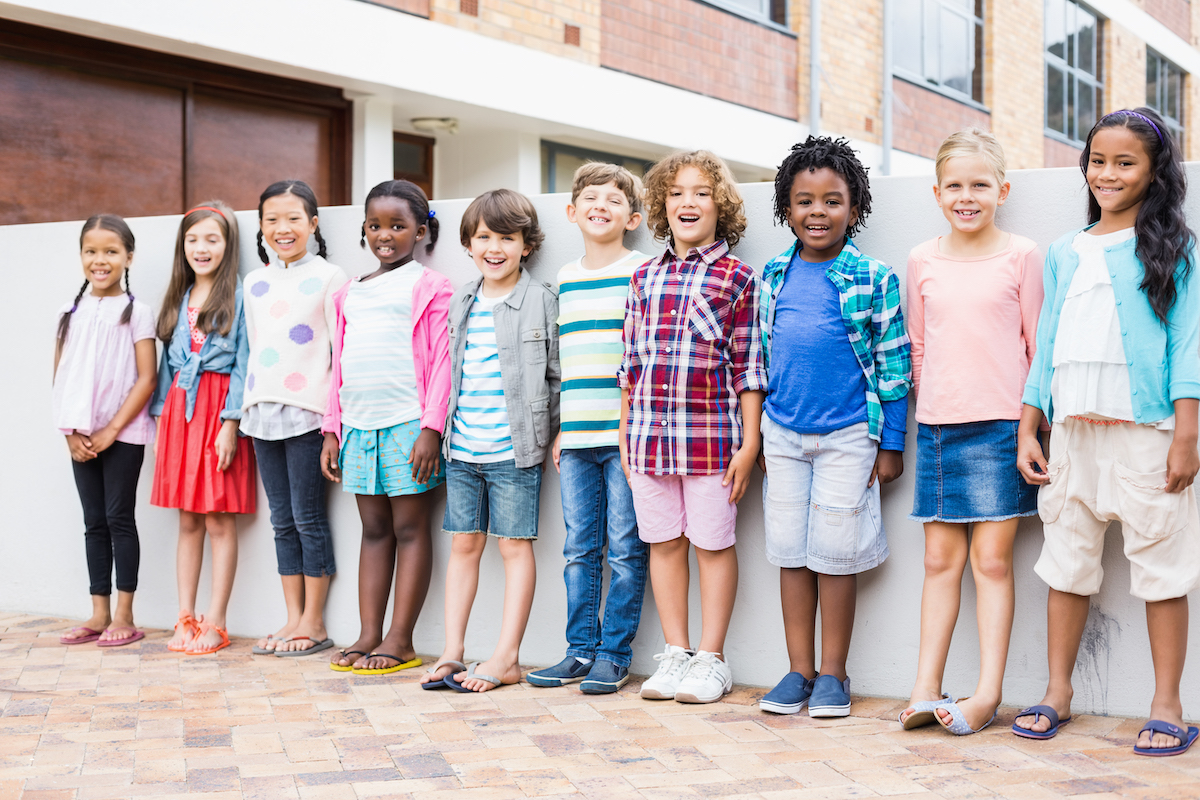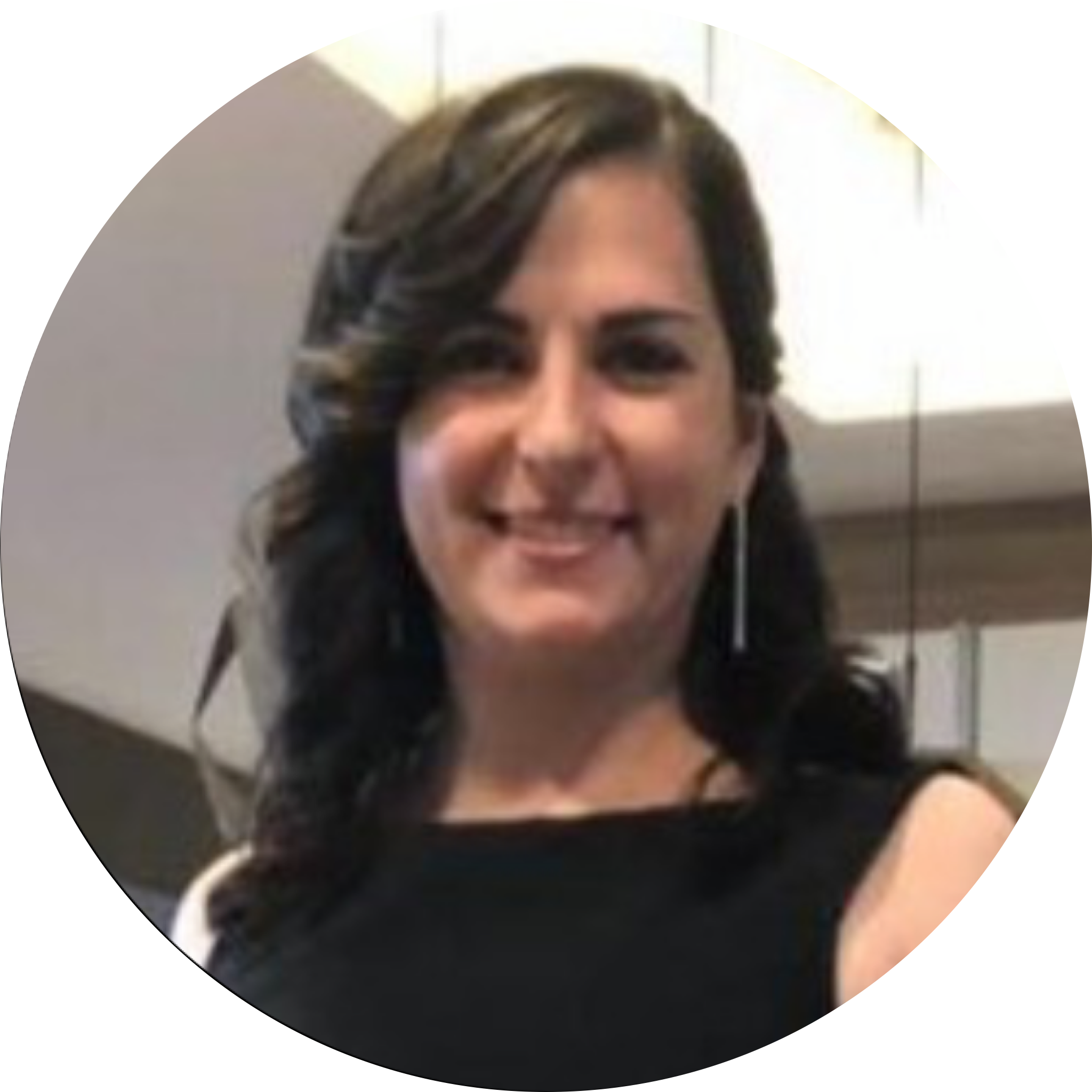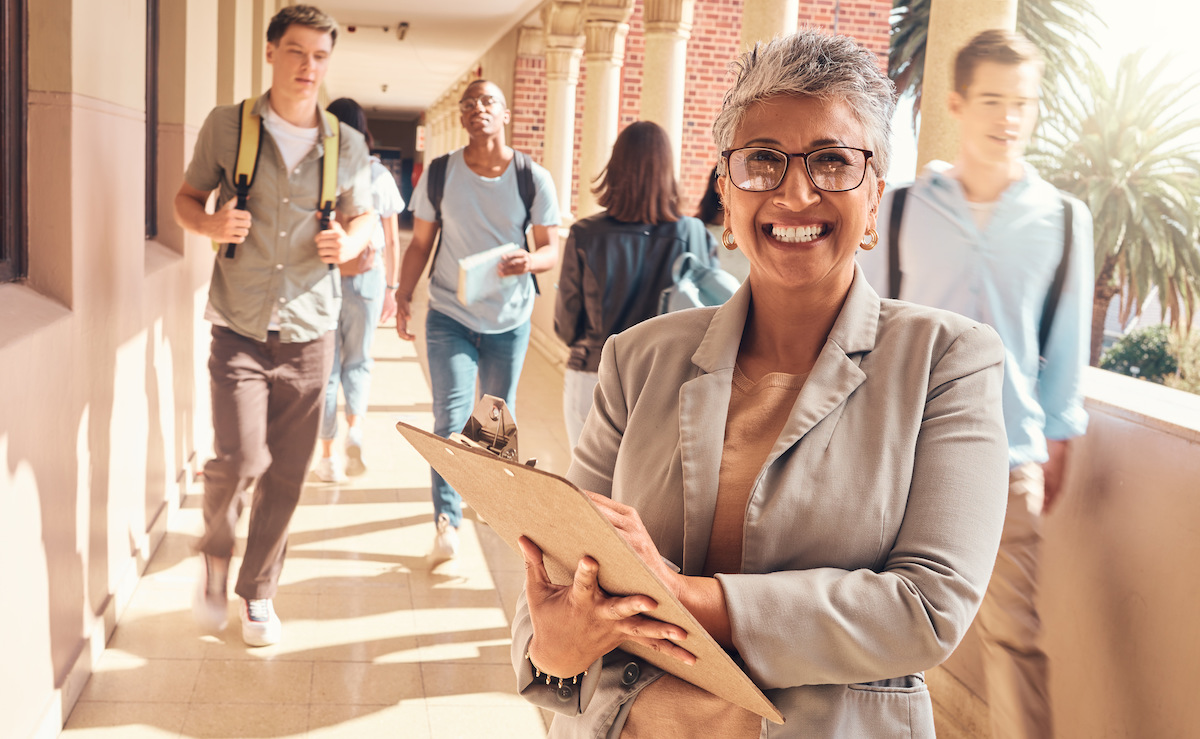An interview with Chase Lyday, President, Indiana School Resource Officers Association.
Chase Lyday is the president of the Indiana School Resource Officers Association (INSROA), in addition to his role as Chief of Police at Avon Community School Corporation. INSROA hosts one of the largest conferences in the country for school resource officers (SROs) each year. We talked with Chase about the unique ways SROs are bridging the gap between law enforcement and school communities, and how CrisisGo has aided them in their school safety efforts.
Q1: Describe the relationship between SROs and students.
A: An SRO is a fully sworn law enforcement officer who's equipped to do the work of a police officer who was assigned to a school for a particular time and has been trained specifically to work with kids. It requires a certain disposition, a certain personality, and a certain flexibility of thought to be successful in a school. It’s a specialty field. The standard that NASRO has suggested is that an SRO is carefully selected, specifically trained, and properly equipped.
The goal for SROs is to bridge a gap between law enforcement and the community, or law enforcement and the school. And, so, to be that bridge and flowing information back and forth and ensuring that both sides are heard to make sure that that officer is a resource, that's the goal of the school resource officer program. A healthy school resource officer program provides that bridge to allow for the relationship to occur harmoniously.
Q2: What is the goal of training for SROs?
A: There's a specific set of training that you need to receive to be successful in your role, such as understanding students with special needs, understanding trauma and being trauma-responsive, understanding school law, de-escalation, cultural awareness, substance abuse, social media. There are so many topics that are specific to the role of a police officer working with kids—understanding diversion and pre-arrest diversion, and other options other than arrest. Juvenile delinquency. There are a lot of topics that officers need to be trained on specifically to work with kids. That's why we have such a propensity to require that training in many states and certainly suggest that as a good policy for anyone in the country.
Q3: What is a challenge faced by SROs related to school safety?
A: Many times, schools and law enforcement agencies work in silos and kind of work against each other and try to get the other to conform. But a healthy school resource officer program and the right emergency communications platform provide that bridge to allow for the relationship to occur harmoniously.
Q4: To what extent do the SROs in Indiana collaborate with first responders that are outside the school?
A: Our officers in Indiana work very collaboratively with the other police departments in the jurisdiction and fire departments and EMS. We all work together. Most of the time, we have some joint planning ventures that we worked through with reunification or crisis management at schools. So, we certainly work very well with our public safety partners in the district that are outside of the school environment.
Q5: What can you say about the number of people becoming SROs?
A: The number of officers who are being trained, the number of officers being assigned to schools, are drastically growing for multiple reasons, but we do see that number on the rise. While, by the way, we see juvenile delinquency numbers on the decline. So, there's kind of this inverse trajectory that as more school resource officers are deployed in schools, that juvenile delinquency continues to decline.
Q6: How does a digital school safety solution help SROs?
A: Well, as a police officer, I need to know what I'm responding to, to know how to respond. Your emergency is different levels as it relates to me. The specificity and asking for emergency assistance is absolutely paramount. And that's what Crisis Go’s digital incident management platform provides. And not only that, we see when there's a message, when somebody has responded, we see the multiple people that can respond at once, and so you have multiple layers of people chiming in saying they're coming. That is an incredibly important part of that application as well. It would be very helpful to have that information quickly, or in preparation to respond. That information could certainly allow someone to de-escalate or be more specific to the needs of the kid.
Being a school resource officer is a calling. At a school, you have the ability to work with a kid and see them again the next day and throughout the school year and to develop a relationship. It's fulfilling and rewarding to see the immediate impact of your work daily.
–Chase Lyday, President, Indiana School Resource Officers Association
Chase Lyday also participated in our fireside chat, “Community Safety is a Shared Responsibility: Let Us Help You Help Them,” on June 1st when our panel of experts discussed how CrisisGo’s digital safety solutions can help schools to navigate through any obstacle. You can watch it here: [link], and see that collaboration and communication are key when it comes to protecting lives during a crisis.












No Comments Yet
Let us know what you think